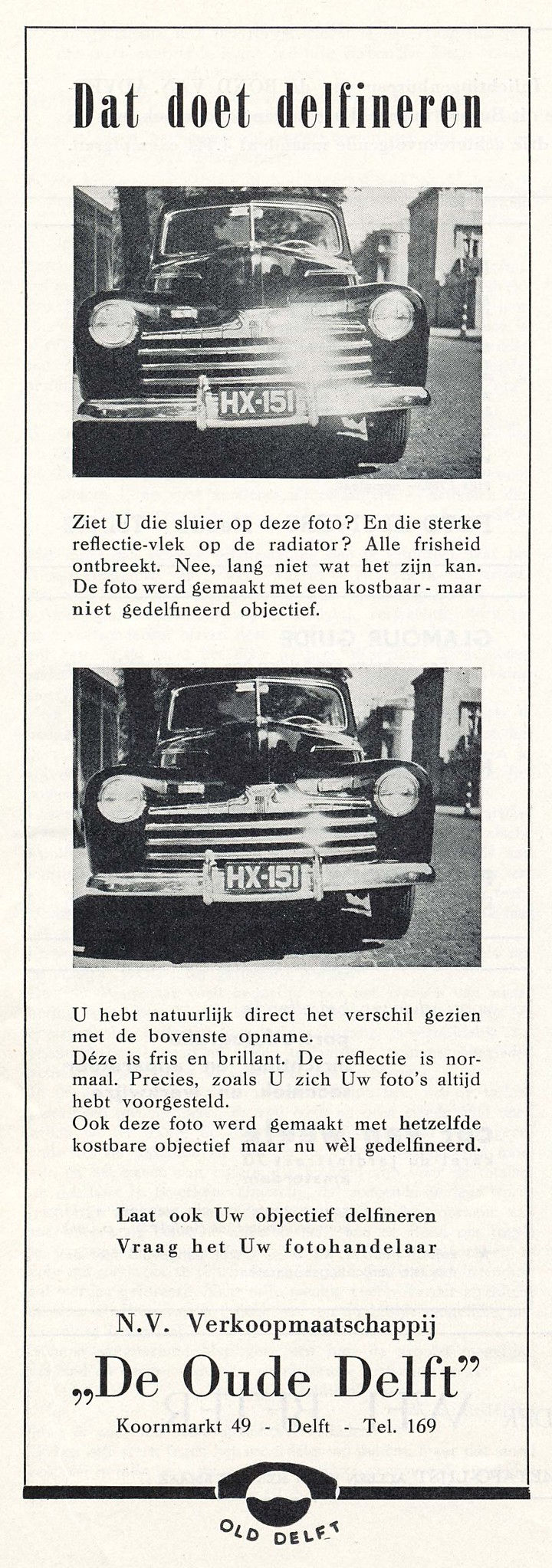A lens cap will not protect your Rangefinder!
- Alan Starkie
- May 27, 2021
- 3 min read
Updated: Dec 17, 2022
Poor or fuzzy rangefinder patch in your Leica M? You may or not be aware that the brightline mask is usually the culprit and I covered this in an earlier article. The brightline mask is a small glass component that contains the framelines and the small rectangle that forms the central rangefinder image or 'patch'. Originally, these were made from two tiny pieces of thin glass. One would have the image of the framelines printed on one side and in order to protect it, another placed over the image and secured with Canada balsam.
Bad brightline masks are usually obscured or damaged in the central area, just where the RF patch rectangle is. When using the camera, the damage looks like dirt or spots but is usually permanent damage.
We always put this down to age or maybe contamination of the balsam that holds the glass together but a couple of years ago we (somewhat accidentally), confirmed that it was sun damage.
We were using a laser to take some measurements. Later, when we checked the camera, the rangefinder patch looked as if a child had scrawled all over it with a pen. This surprised us because we used a low power visible light laser which shouldn't have been able to cause any damage at all. We just put it down to experience and decided not to use lasers in future!
Time went by and of course we started to manufacture our own glassless Free to Air (FtA) brightline masks. Original parts had not been available for many years and a bad mask renders the rangefinder unusable. We had to find a solution.
It came to my attention, purely by chance, a couple of years later that our laser had been supplied missing an important component - an infra-red blocking filter and finally we had an explanation for the mystery marks on our rangefinder, but the 'penny' hadn't dropped yet.
About a year or so ago, I was booking-in a Leica M2 for repair. I noticed marks on the RF patch but one was unusual. It formed an arc. That was the 'Of course!' moment. It was the arc of the sun moving through the sky. The penny dropped!
Light from the small RF window passes through a prism and then through a small lens that we call the telescope. This image passes through the centre of the mask before it meets up with the main prism beamsplitter where it is essentially mixed with the viewfinder image and then through the eyepiece.
In order that the RF patch and the framelines are equally in focus - the light that goes through the telescope is brought sharply into focus exactly where the brightline mask balsam is placed, so you can see where we're going with this.
Imagine, Tuscany in Spring. You're sitting outside enjoying an al-fresco meal, your trusty M2 or M3 on the table, but don't worry! The lens cap is on. Unfortunately, they didn't make covers for the rangefinder. So take care. Damage can happen easily, on the passenger seat of your car, even on display in a shop window if low sun can get to it.
The good news is that our FtA brightline masks are immune to sun damage, so are M6 and onwards - they are FtA masks also. I'm not a lover of leather camera cases because they are potentially fungus magnets but they are probably the best thing to use if out and about in the sun.
Alan Starkie May 2021





Comments